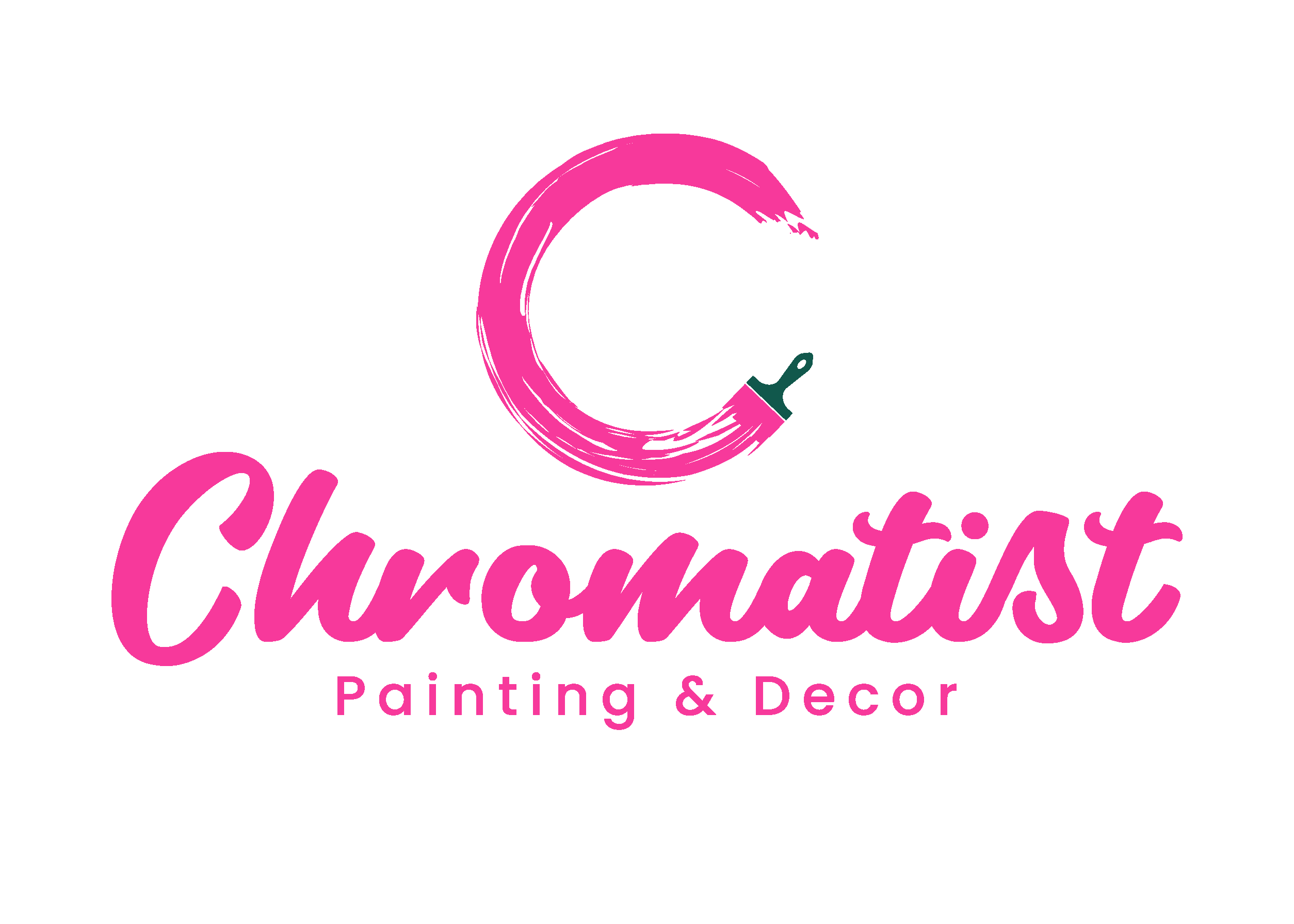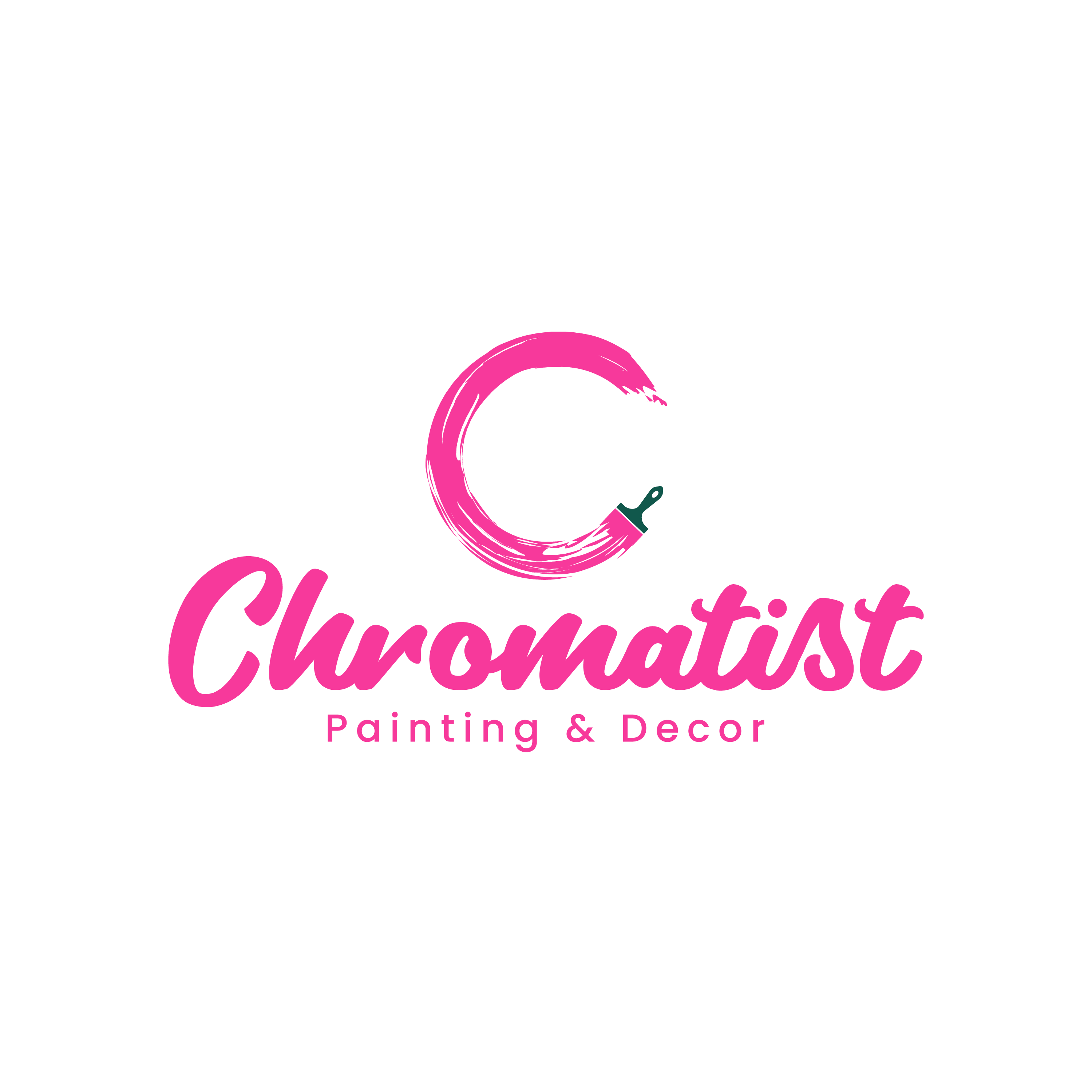Introduction: Understanding Interior Painting Costs in Toronto
When considering a fresh coat of paint for your home, one of the first questions that likely comes to mind is: How much is this going to cost ? Understanding the cost of interior house painting in Toronto for 2024 is essential to planning your project effectively. Let’s walk through the key factors that influence painting costs, provide you with a clear idea of what you can expect to pay, and offer tips to ensure you hire a reputable contractor.
1. Understanding the Average Cost Per Square Foot
To estimate the cost of painting your home, it’s crucial to start with your home’s approximate square footage. This measurement is typically based on the floor square footage of your house, assuming a standard ceiling height of 8 feet.
For painting just the interior walls, the cost usually ranges from $2 to $3.5 per square foot plus HST. However, if you’re looking to paint the entire interior—including walls, trim, doors, ceilings, and closets—the cost can increase to anywhere from $3.0 to $5.0 per square foot plus HST.
These costs can vary depending on factors such as the size and layout of your home, the quality of paint used, the amount of prep work required, the number of coats needed, and the accessibility of the areas being painted. Understanding these elements will help you get a more accurate estimate for your painting project.
- Size and Layout of the Home: Larger homes with complex layouts or high ceilings may push the cost toward the higher end of the range due to the increased amount of paint, labor, and setup. required.
- Quality of Paint: Higher-end paints from brands like Benjamin Moore Aura or Sherwin Williams Emerald offer superior coverage and durability, which can increase the per-square-foot cost. Investing in quality paint may have a higher upfront cost but can result in a longer-lasting finish. Our quotes are very comprehensive, covering all aspects of your painting project. We offer options among different paint grades—economy to luxury—for walls, woodwork, and other surfaces. This flexibility allows you to tailor the painting project to fit your budget while maintaining the quality and finish you desire.
- Surface Preparation: The condition of your walls plays a crucial role. Simple prep work, such as caulking, sanding, and priming, is usually less costly. However, if your walls require more extensive work—like plaster repairs, drywall fixes, or addressing cracks and holes—the cost per square foot will rise accordingly.
- Number of Coats Required: If you’re opting for a significant color change or using bold colors, more coats may be necessary to achieve the desired finish, which can also increase the cost.
- Accessibility: Areas that are difficult to reach, such as stairwells or rooms with intricate architectural details, may require more time and effort, impacting the price per square foot of painting.
Understanding these factors can help you anticipate how much your painting project might cost and plan your budget accordingly.
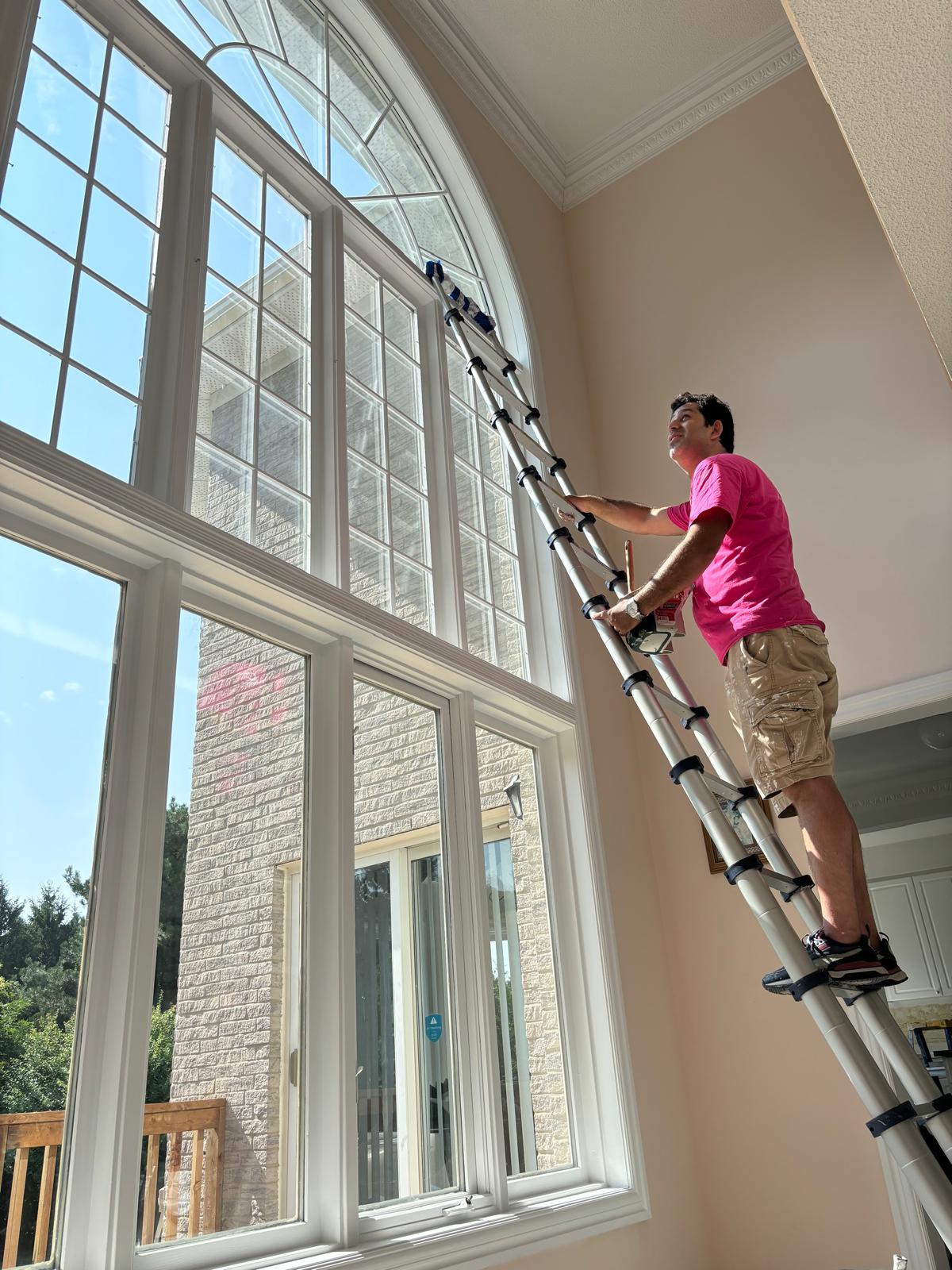
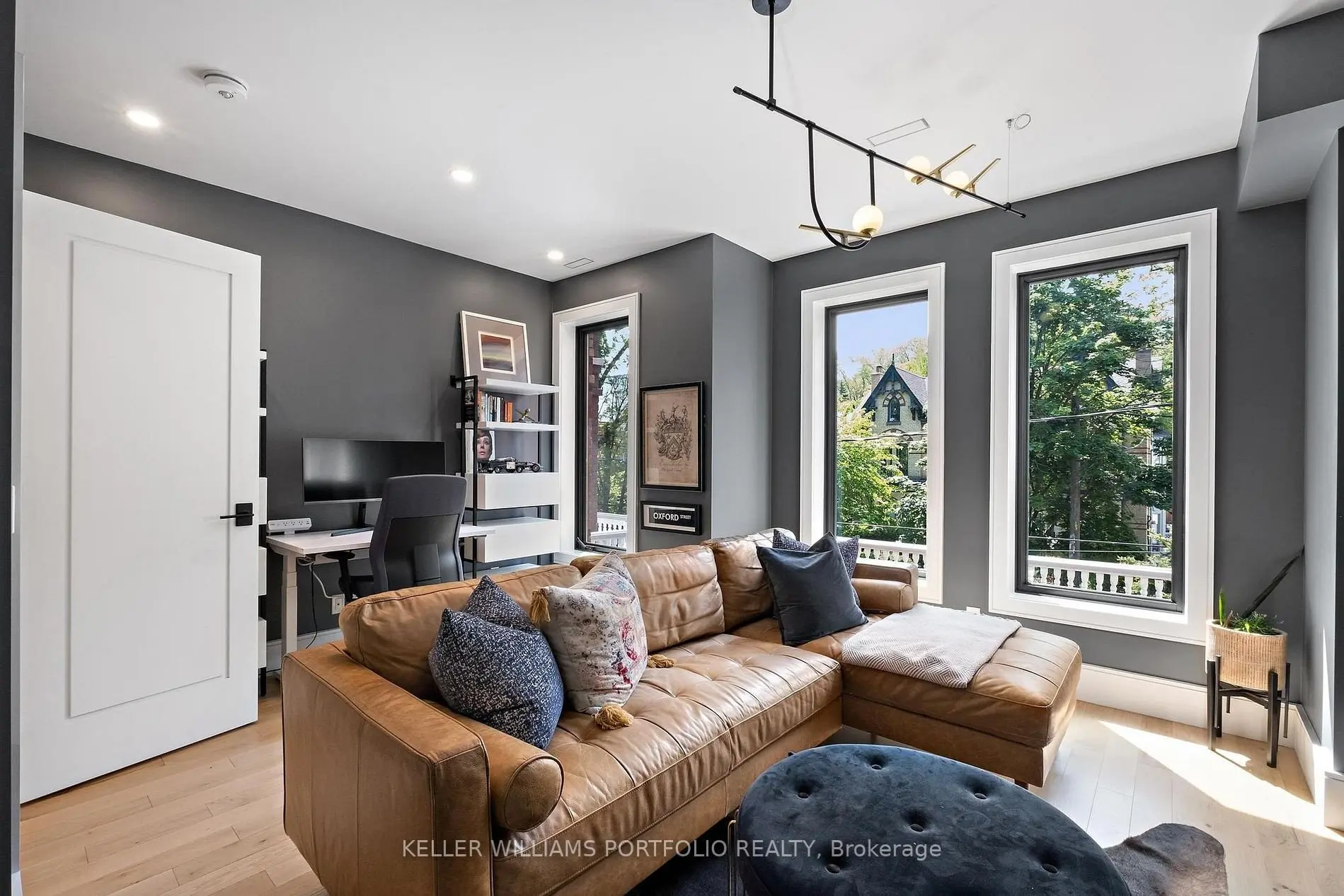
2. . Estimating Costs of interior painting for Specific Areas of Your Home
For a home ranging from 2,000 to 3,000 square feet, different parts of your home may require various painting techniques and materials. Ceilings, trim, and doors, for instance, often need specialized paint and finishes, which can affect the overall cost. Here’s a breakdown of potential costs for various areas:
- Walls: $4,000 to $5,000
- Trim and Doors: $700 to $1,200
- Ceilings: $1,000 to $1,200
- Closets: $200 to $500
After considering these individual costs, let’s look at the average cost of painting based on the square footage of your home:
- Small to Medium Houses (700 to 1,000 square feet): $2,000 to $ 4,500 + HST
- Medium to Large Houses (1,000 to 1,500 square feet): $4,500 to $8,000 + HST
- Large to XL Houses (1,500 to 2,500 square feet): $7,800 to $13,000+ + HST
These prices include both paint and labor, and they assume the use of top-quality paint. Understanding these figures will give you a clearer picture of what to expect when budgeting for your interior painting project.
To ensure precision in our painting estimates, we use laser measurements to accurately measure the dimensions of each room in your house. This helps us calculate the amount of labor and paint needed for your project. If you’re waiting for the closing of your house or need an online quote, we can provide you with an estimate based on a submitted floor plan.
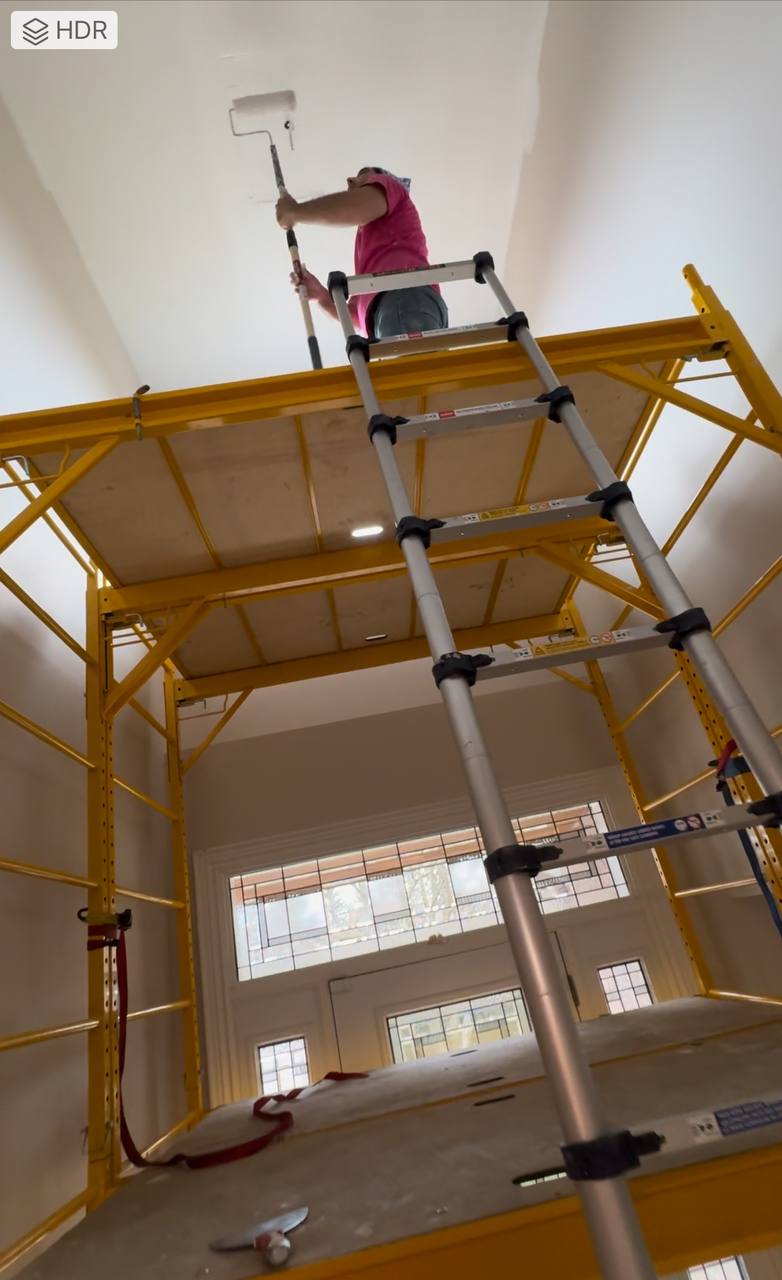
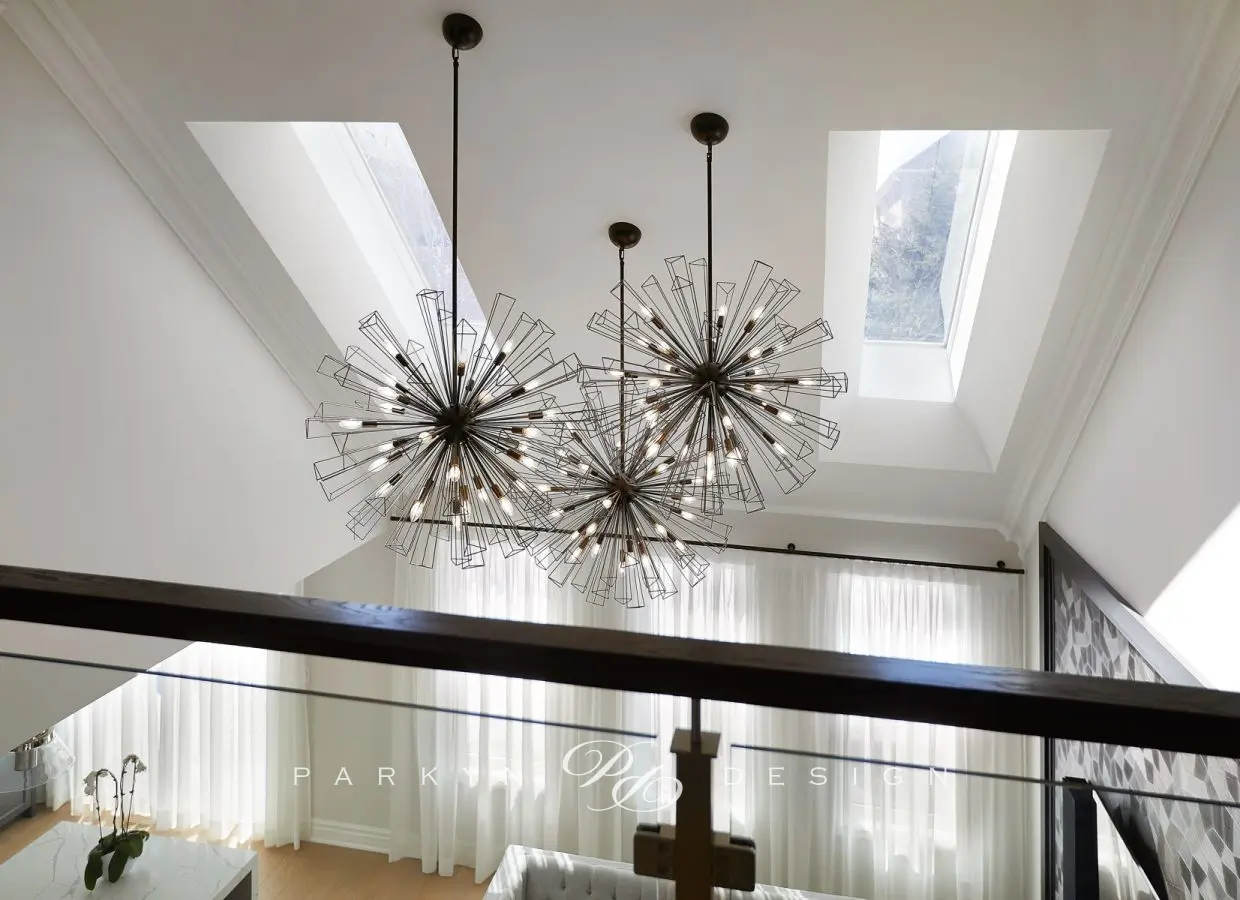
3. Special Features and Their Impact on the Cost to Paint the Interior of your Home in Toronto
When planning to paint the interior of your home in 2024, special features can significantly impact your budget. These unique elements often require extra materials, labor, and expertise, which can increase the overall painting cost. Here are some examples of features that could raise the price:
- High-Ceiling Skylights:Reaching and painting these areas is more challenging, requiring additional time and equipment. Sometimes, it even requires scaffolding to be set up inside your home to access very tall skylights in a foyer.
- French Windows or French Doors: These require precision and extra care, especially if they need detailed trim work.
- Stained or Bare Wood: This often needs a primer and at least three coats of paint to achieve a flawless finish. This includes new baseboards or window trims installed after construction.
- Multi colour Painting: : Items like wainscoting or trim may require multiple colors and finishes. This adds complexity to the job, as it involves more detailed work and additional materials.
- Spray Finish vs. Brush and Roll Finish: A spray painting is usually recommended for new builds, newly renovated homes, or empty houses. It provides a smooth and even finish but requires extensive covering of furniture and areas not being painted. The additional preparation and clean-up can increase the overall cost.
- Smoke Stains from Cigarettes or Fire: Stains like these require special primers and additional coats to ensure they are fully covered.
- Oil-Based Paints: If your existing areas are painted with oil-based paints, it will cost more to repaint than if they were latex. Converting from oil-based to modern latex paint requires scuff sanding and applying a specialty primer sealer before applying two coats of the new paint. This additional prep work and special paint adds to the overall cost.
Each of these features adds to the overall cost due to the extra materials, labor, and skill required. It’s essential to discuss these details with your painting contractor to get an accurate estimate and avoid surprises later.
4. The Role of Furniture in Painting Costs
A home filled with large furniture, many decorations, and other items can significantly slow down the painting process. The presence of these items means more time is needed to carefully move or cover them, which can lead to higher labor costs. If possible, try to clear out rooms that need painting or discuss options with your contractor to minimize these costs.
For homes that are vacant or have minimal furniture, we offer a special discount to help save on your painting project. This can be a great option to keep costs down and ensure a smooth and efficient painting process.
5. Tips for Hiring a Reputable Contractor
To avoid scams and ensure you’re working with a reliable contractor, consider the following tips:
- Get multiple quotes: Don’t settle for the first estimate you receive. Comparing quotes can give you a better idea of what’s fair.
- Check references and reviews: Look for testimonials and ask the contractor for references from previous clients.
- Discuss payment terms: A reputable contractor will offer flexible payment terms and won’t require full payment upfront.
- Get everything in writing: Make sure all aspects of the job are detailed in a contract, including the scope of work, materials, and timeline.
For a deeper dive into these tips and more detailed advice, be sure to check out one of our previous articles on how to save more on your painting project.
Serving Toronto, Los Angeles, Florida and Texas
| Toronto & GTA | |
|---|---|
|
|
| Jacksonville | Tampa | Miami | Broward County | Palm Beach County |
|---|---|---|---|---|
|
|
|
|
|
| Los Angeles | Sacramento | Long Beach | Santa Monica | Mission Viejo |
|---|---|---|---|---|
|
|
|
|
|
| Dallas | Houston | Austin | San Antonio | Fort Worth |
|---|---|---|---|---|
|
|
|
|
|
